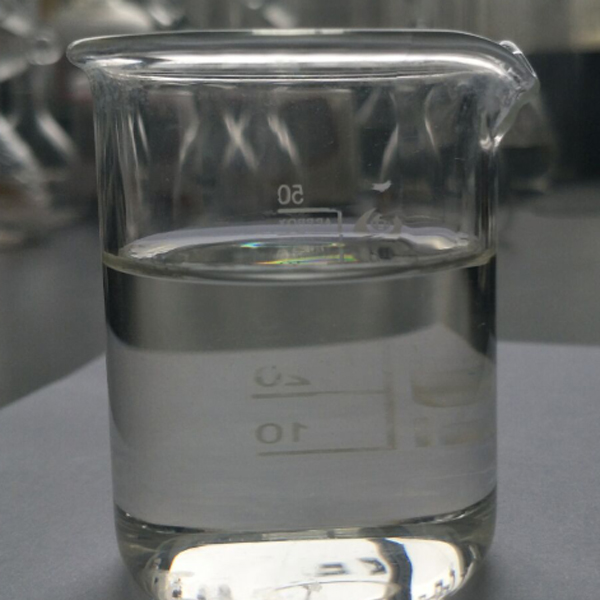
News
Aug . 14, 2024 12:40 Back to list
Understanding the Mechanisms and Applications of Calcium EDTA Chelation Therapy in Medical Treatments
The Role of Calcium Disodium EDTA in Chelation Therapy
Calcium disodium EDTA (ethylenediaminetetraacetic acid) is a chelating agent that has gained significant attention for its ability to bind to metal ions and facilitate their excretion from the body. Chelation therapy using calcium disodium EDTA has been utilized in various medical contexts, particularly in the treatment of heavy metal poisoning and for certain cardiovascular conditions. This article explores the mechanisms, applications, and considerations associated with calcium disodium EDTA chelation therapy.
Mechanism of Action
Calcium disodium EDTA acts as a chelating agent by forming stable complexes with divalent and trivalent metal ions, such as lead, mercury, and cadmium, which are known to be toxic to the human body. The etiology of heavy metal toxicity ranges from environmental exposure to industrial accidents. When EDTA enters the bloodstream, it binds to the metal ions, effectively sequestering them and preventing their harmful effects on tissues and organs.
Once the metal-EDTA complex is formed, it is excreted through the kidneys into the urine. This process helps reduce the overall burden of toxic metals in the body, alleviating symptoms of poisoning. In heavy metal intoxication cases, immediate intervention with calcium disodium EDTA can be life-saving, as it mitigates the acute toxic effects on vital systems, including the nervous and renal systems.
Clinical Applications
Calcium disodium EDTA has been predominantly used in the treatment of lead poisoning, particularly in children, who are more susceptible to the neurotoxic effects of lead. The chelation therapy effectively decreases lead levels in the blood, leading to improvements in neurological function and overall health.
ca edta chelation

In addition to treating heavy metal toxicity, calcium disodium EDTA has been studied for its potential cardiovascular benefits. Some researchers suggest that it may improve circulation and reduce arterial plaque by chelating calcium deposits within the vascular system. Although early studies show promise, further research is necessary to clarify its effectiveness and to establish standardized treatment protocols for cardiovascular applications.
Considerations and Side Effects
While calcium disodium EDTA is generally safe when used under medical supervision, it is important to recognize potential side effects. Common side effects include headache, nausea, vomiting, and abdominal discomfort. Serious side effects, although rare, can include kidney damage, electrolyte imbalances, and allergic reactions.
Furthermore, the administration of calcium disodium EDTA is typically performed in a clinical setting where healthcare professionals can monitor patients closely. It is essential for practitioners to assess the individual patient's health status and any underlying conditions prior to initiating chelation therapy. Patients should also be informed of the benefits and potential risks associated with the treatment, allowing them to make informed decisions about their care.
Conclusion
Calcium disodium EDTA chelation therapy presents a valuable tool for addressing heavy metal poisoning and exploring potential cardiovascular benefits. Its ability to selectively bind and eliminate toxic metals has saved countless lives and improved health outcomes for patients exposed to harmful substances. As research continues to evolve, further understanding of its applications and limitations will enhance its utility in modern medicine. However, as with any therapeutic intervention, careful consideration of risks, benefits, and patient-specific factors is crucial to ensure optimal outcomes.
-
Polyaspartic Acid Salts in Agricultural Fertilizers: A Sustainable Solution
NewsJul.21,2025
-
OEM Chelating Agent Preservative Supplier & Manufacturer High-Quality Customized Solutions
NewsJul.08,2025
-
OEM Potassium Chelating Agent Manufacturer - Custom Potassium Oxalate & Citrate Solutions
NewsJul.08,2025
-
OEM Pentasodium DTPA Chelating Agent Supplier & Manufacturer High Purity & Cost-Effective Solutions
NewsJul.08,2025
-
High-Efficiency Chelated Trace Elements Fertilizer Bulk Supplier & Manufacturer Quotes
NewsJul.07,2025
-
High Quality K Formation for a Chelating Agent – Reliable Manufacturer & Supplier
NewsJul.07,2025
